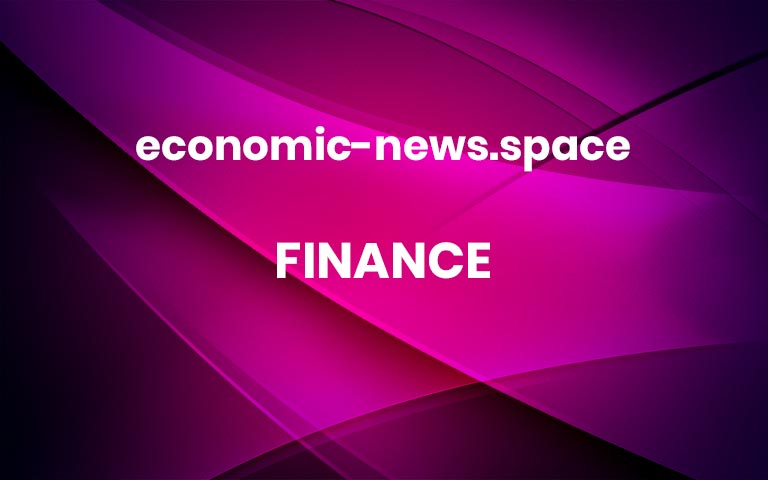China’s Alibaba is courting European and U.S. small businesses as it goes global

Chinese e-commerce giant Alibaba is ramping up its global expansion with new services aimed at attracting small businesses in the U.S. and Europe.
Alibaba.com — the company’s business-to-business platform which sells to companies outside China — announced Thursday it’s launching “Alibaba Guaranteed.”
The new service will provide buyers with greater certainty on delivery, payments and dispute settlement.
Alibaba.com is a platform run by the Chinese e-commerce company of the same name that focuses on overseas business customers.
Sopa Images | Lightrocket | Getty Images
BEIJING — Chinese e-commerce giant Alibaba is ramping up its global expansion with new services aimed at attracting small businesses in the U.S. and Europe.
Alibaba.com — the company’s business-to-business platform which sells to companies outside China — announced Thursday it’s launching “Alibaba Guaranteed” to provide greater certainty on delivery, payments and dispute settlement.
The platform is part of Alibaba’s fast-growing international business, which also sells directly to consumers overseas through sites such as AliExpress.
While consumers in China have long enjoyed delivery tracking and favorable return policies, small businesses buying from cross-border e-commerce platforms have not, due to the added complexity of international trade.
Alibaba.com’s new service aims to provide buyers with more definite delivery dates and free local returns, the company said in a press release.
“We think this is in line with current global trends,” Kuo Zhang, president of Alibaba.com, said in an interview Thursday, according to CNBC’s translation of his Mandarin-language remarks.
He noted an increasing trend of fragmentation in supply chains, and said a growing number of local businesses, whether in cosmetics or the autos industry, need to buy globally in order to protect profit margins.
The online platform mostly sells products from China-based suppliers to small businesses in Europe, the U.S. and other parts of the world. Alibaba.com’s website indicates it’s possible to buy single products, or in bulk, but notes on its user registration page that “suppliers prefer to do business with companies.”
Zhang claimed that in the past five years, the number of buyers on Alibaba.com have at least tripled, with online gross merchandise value at about $50 billion. GMV measures total sales over a specific period.
Demand for equipment
In the last three to four years, Zhang said some of the more popular products sold on Alibaba.com include machines for custom printing T-shirts or laser cutting.
He noted that since the end of the Covid-19 pandemic, greater interest in supply chain diversification has driven demand for such machines. The growth of the new energy vehicle industry has also generated demand for new car parts, which Alibaba.com sells, Zhang said.
Sports products have also been popular with customers in Europe, he said.
In November, Alibaba.com invested in German business-to-business company Visable and its European marketplace europages.
Alibaba.com works with many EU-based suppliers that are selling within the bloc, Zhang said, adding the company aims to help the region accelerate its digitalization by using more tech for business.
Trade activity within the EU is far greater than the bloc’s trade with other countries, he pointed out.
Alibaba.com will also start incorporating artificial intelligence tools in the platform this year, Zhang said.
They include the ability of merchants to use AI to quickly generate product descriptions with search keywords, or provide customer service support during off-hours, he said. More

